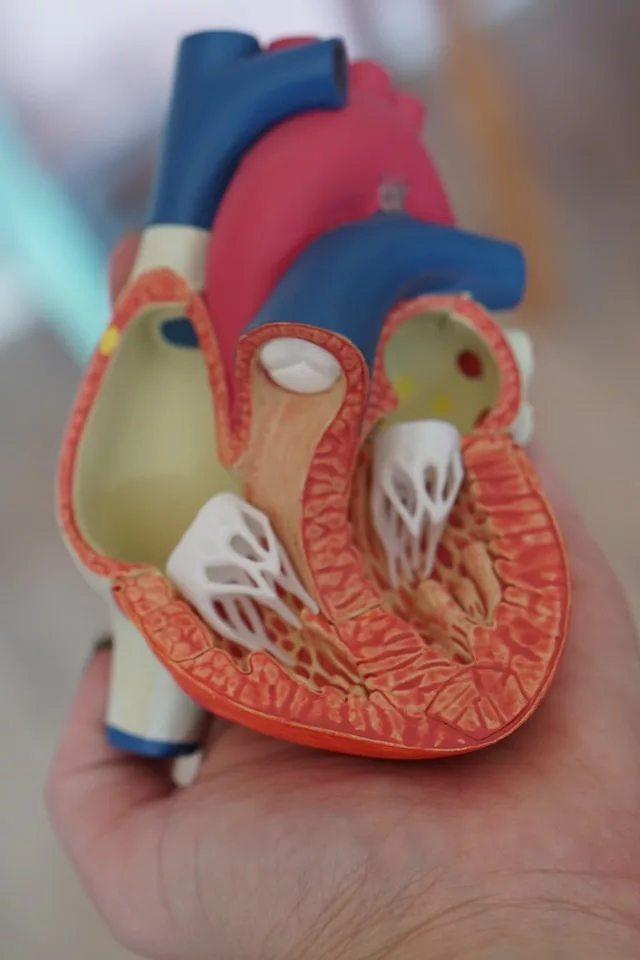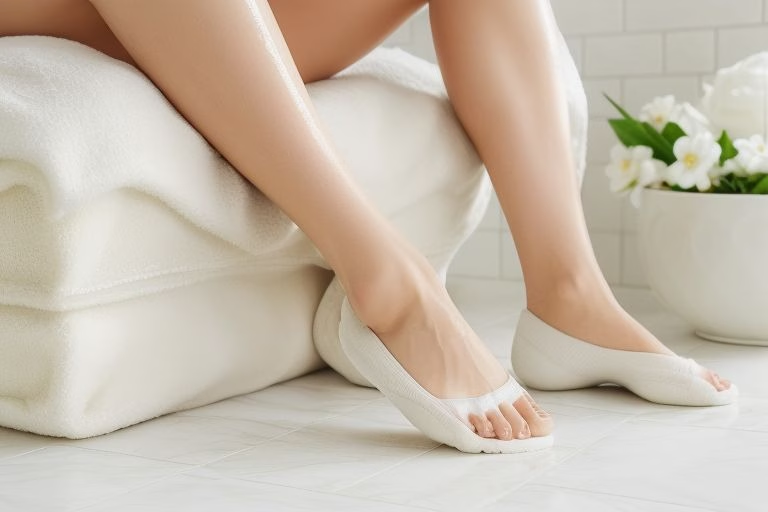Most viewed
-
Diseases & Conditions

Generalized Anxiety Disorder and Stress Freedom: 8 Power Moves to Embrace Positivity Daily
GAD and Stress Freedom: 8 Power Moves to Embrace Positivity Daily
Read More » -

-

-

-


GAD and Stress Freedom: 8 Power Moves to Embrace Positivity Daily
Read More »




Recent studies have shed new light on the relationship between oral health and cardiovascular disease. As research evolves, more evidence…
Read More »
If you’re ready for a fresh start and an exciting journey, growing out short hair can be one of the…
Read More »
Are irregular Heartbeats a major concern? Are irregular Heartbeats a major concern? : These are common, affecting approximately 1 in…
Read More »
Anxiety symptoms can often feel overwhelming and confusing, leaving you wondering if what you’re experiencing is normal or if you…
Read More »
Are you looking for a fun, natural way to improve cholesterol levels and enhance your overall wellbeing? In this article,…
Read More »
Honestly, I didn’t think my feet would be the thing that humbled me in my thirties. I’ve dealt with stress.…
Read More »
What is LookerLife and Why It’s Taking Over? Have you heard of LookerLife? It’s not just a trend; it’s a…
Read More »
Sleep is the cornerstone of a healthy lifestyle, and making small changes in your evening habits can lead to a…
Read More »
Introduction: What Is Blue Light and Why Should You Care? Let’s get real—blue light isn’t just a buzzword. It’s everywhere.…
Read More »